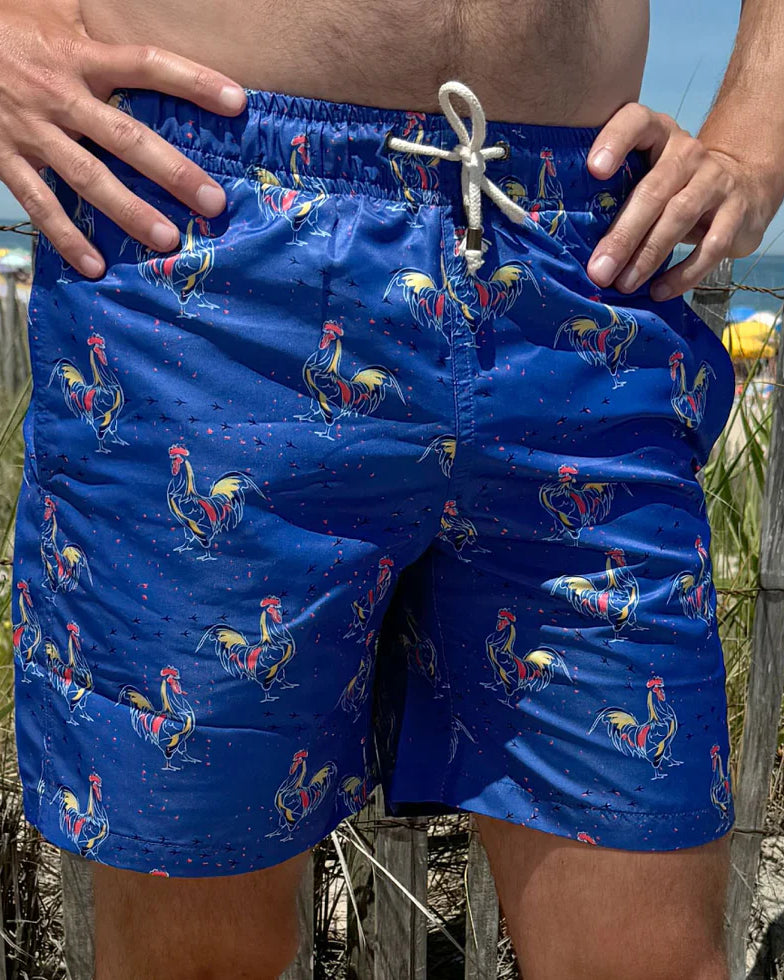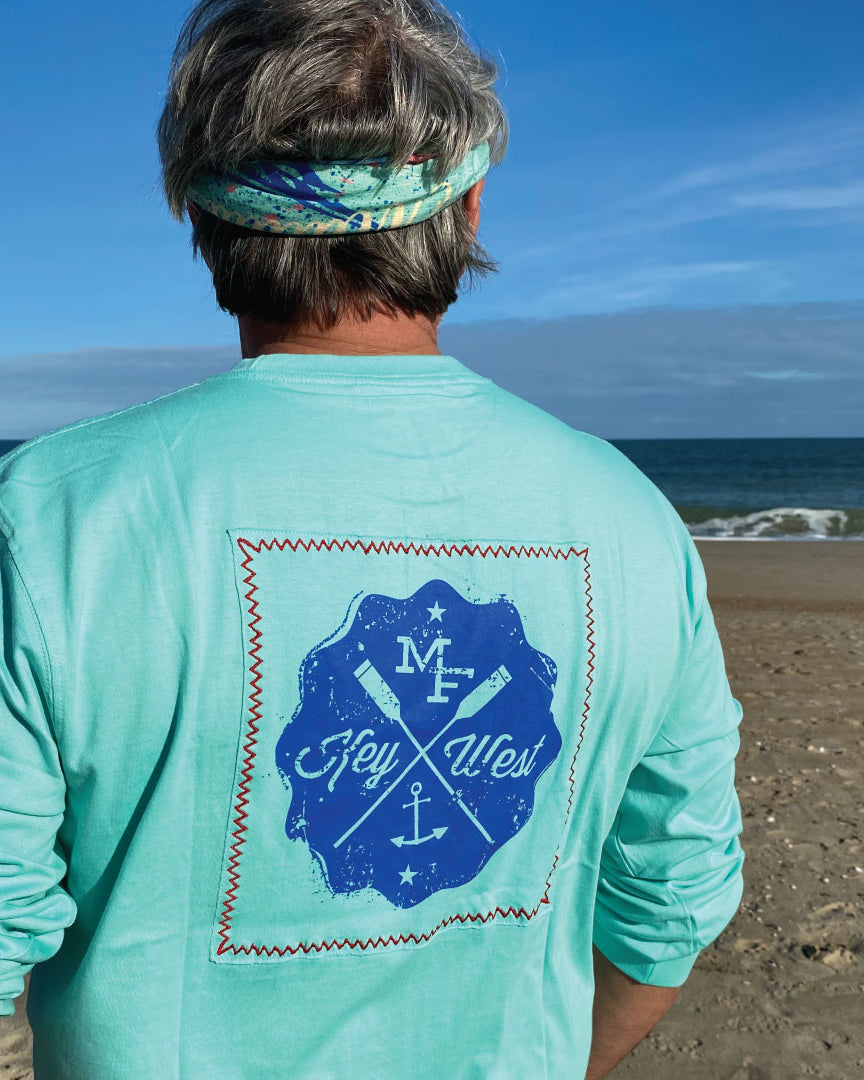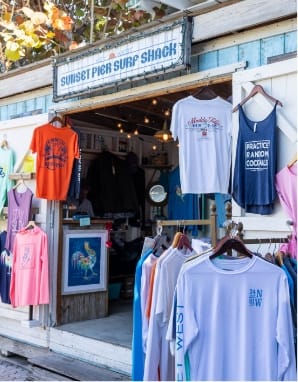Deep breath, and hold it.
Fifty percent of the oxygen your processing right now came from the oceans...most of that was generated by living coral reef systems.
These reef systems are a critical component life in the ocean. Often referred to as "rainforests of the sea," coral reef ecosystems are one of the most biodiverse in the world.
Quick test....Coral: Is it an animal or a plant?
Animal. They don't make their own food, as plants do. Coral species have tiny tentacle-like arms that capture their food (plankton, algae, etc.)
Here's one more: How many living species call coral reefs their home?
One million.
Actually, it's over 1 million species that live in and depend upon coral reefs around the world. For these creatures, the reef provides essential food, shelter and the spawning grounds needed for their species' survival. It is truly an extraordinary, diverse, and co-dependent system.
At roughly 5,000 - 7,000 years old, the only living coral barrier reef in the continental United States sit seaward of the Florida Keys.
It's also the third largest barrier reef system in the world. (The Great Barrier Reef and the Belize Barrier Reef are numbers 1 & 2 respectively)
Here's what you need know this earth day
Despite covering less than 1% of the ocean, around twenty-five percent (25%) of all marine species rely on coral reefs, including sharks and sea turtles, crustaceans, various fish species, plant life, algae, plankton and so forth.
This reef system provides essential food, shelter and the spawning grounds needed for their species' survival, if they deplete or disappear, marine biodiversity would suffer immensely. Imagine a set of dominoes, once they start tumbling the impact would be wide and destructive.
At about 4 miles wide at various points, the Florida Reef system extends from Key Largo (Biscayne National Park) through the seaward side of the keys, past Key West and out to the Marquesas Keys. Imagine a curved line following the outer shape of the keys system.
Here's your third test question, it's a two-parter: How many keys comprise the Florida Keys? And...How many individual reef systems live throughout the keys?
Eight Hundred (800) keys (islands). And across those keys, there are over 6,000 individual reefs in the Florida Coral Reef system.
there are serious threats to living reefs
- Ocean acidification is the absorption of atmospheric carbon dioxide also causes the ocean's pH to drop, becoming more acidic, creating a host of problems for marine life. Acidification effectively "dissolves" a corals' calcium carbonate skeleton (think of tooth enamel in soda pop).
- Bleaching is the result of ocean warming as the zooaxnthellae cannot withstand the rising temperatures and they abandon the coral, leaving the corals' tissues transparent and revealing their skeletons, causing the stark whiteness that gives this process its name.
Increasing frequency of major storms: The increase in hurricanes poses a great risk to coral reefs. Hurricanes produce an outstanding amount of wave energy and reefs absorb the vast majority of it. This energy will destroy decades of coral growth and degraded reefs struggle to recover.
Sea level rise: As glaciers melt and sea levels rise, shallow-water corals will struggle to survive in deeper water.
- The sea level has risen almost six inches at Key West since 1913, and one foot since 1850. The rise in sea level increases the volume of water in Florida Bay significantly which then increases the exchange of water between the Bay and the water over the reefs. The lower salinity, higher turbidity and more variable temperature of the water from Florida Bay adversely affects the reefs.
making a positive difference
Be smart and responsible. It really is about all of us doing the small things that will create a positive domino effect. Enjoy the waters cleanly, wear reef and eco-friendly sunscreens, and support global initiatives that address the mega threats.
If you want a more localized, "touch, feel and see" where your contribution or volunteerism is making a difference...one of the largest Coral Reef Restoration initiatives ever undertaken is right here in the Keys.
The Coral Restoration Foundation, headquartered in Tavernier Key, is leading the globe in research and restorations. Here's a snapshot of what they are doing:
- Coral Reproduction: "Corals can grow and reproduce both sexually, through spawning, and asexually, through a process called "fragmentation." If conditions are favorable, and a brand breaks away and falls onto the reef, it can reattach and begin to grow a new colony. They have developed a natural fragmentation process to propagate, or "farm," huge numbers of corals.
- Coral Tree Nurseries: "The Coral Trees are tethered to the ocean floor and buoyed with a subsurface float. Coral fragments are hung from the branches of the tree using monofilament line. Each tree can hold up to 100 coral fragments." There are currently have seven offshore Coral Tree Nurseries in South Florida, including Key West. the largest coral nursery is an acre-and-a-half.
- Reef Restoration: "Coral Trees grow into colonies that are large enough to be out planted to the reef in just six to nine months. After they have reached a substantial size, they are tagged and taken to a carefully selected reef restoration site and attached directly to the reef.
Since 2012, the teams working through Coral Reef Restoration Foundation have grown and transplanted more than 120,000 corals out onto the Florida Reef Tract.
If you're considering giving, this organization is having an impact. For quick reference here's the link: Coral Restoration Foundation.





















